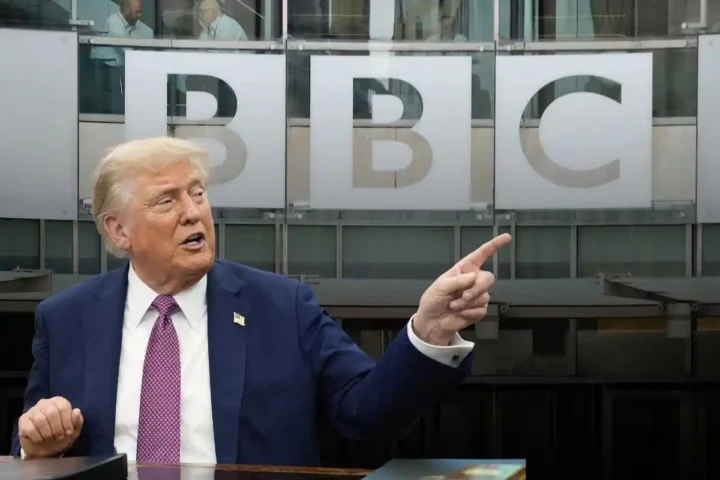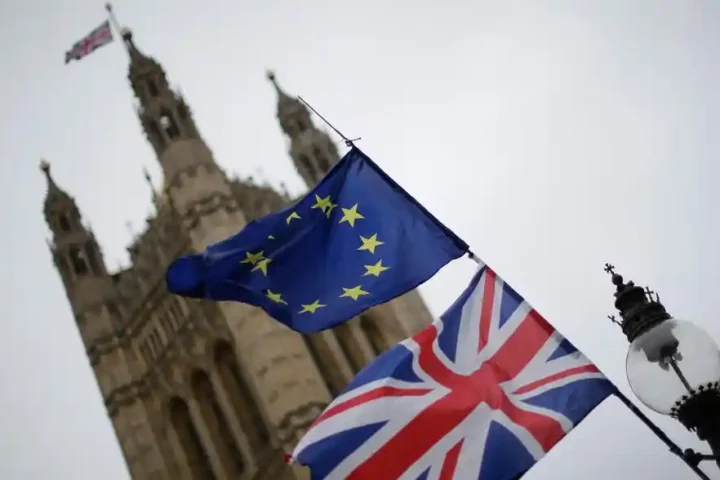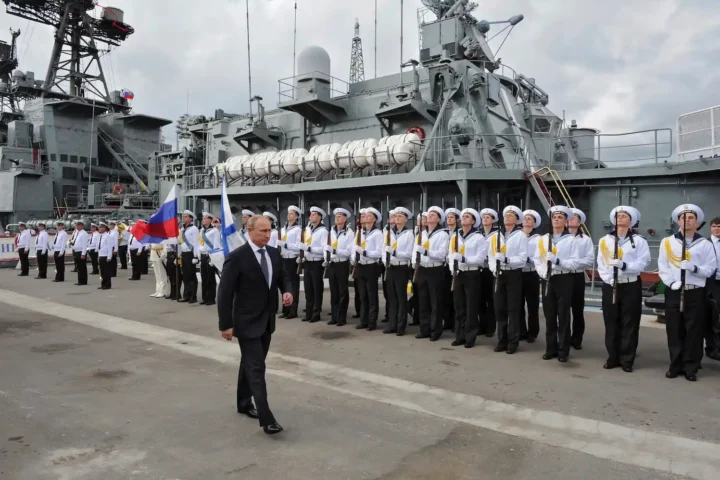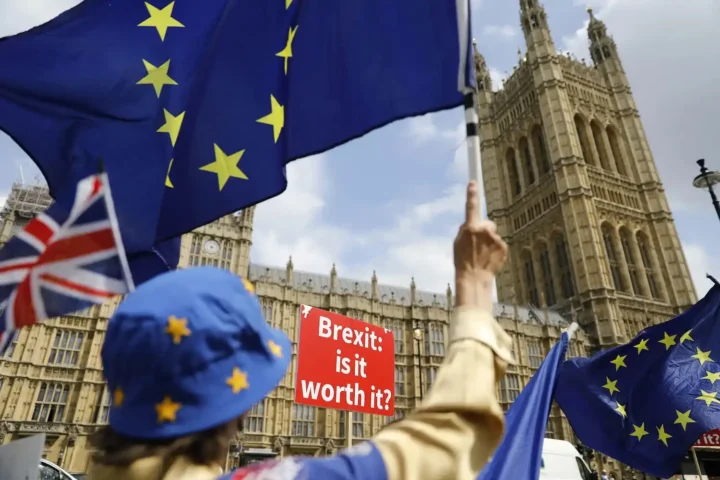Oil slicks from Russian-linked tankers continue to stain Europe’s waters, revealing a growing environmental threat and exposing the limits of Western sanctions aimed at reining in Moscow’s so-called “shadow fleet.”
An investigation by SourceMaterial has identified at least five Russian oil tankers that have discharged oil near Europe in the past year – despite sanctions intended to cripple the Kremlin’s maritime operations. Two of the offending ships had already been sanctioned by the United Kingdom before the spills occurred.
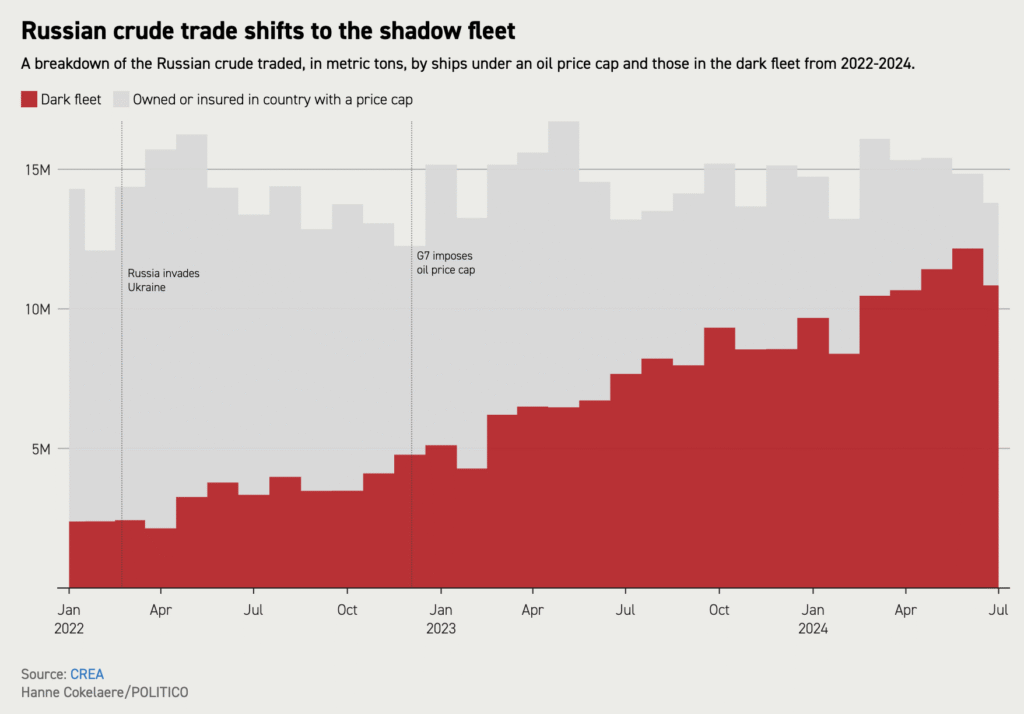
A Sanctioned Fleet Operating in the Shadows
Satellite imagery from the environmental watchdog SkyTruth and shipping data from commodities tracker Kpler reveal that these oil slicks are part of a broader, ongoing pattern of pollution linked to Russia’s sanctions-evading tanker fleet. The revelations follow earlier reports in 2024 that traced similar spills to vessels tied to Russian oil exports.
“These incidents are a huge problem,” Latvian Energy Minister Kaspars Melnis said. “We are quite lucky that we don’t have an environmental catastrophe happening.”
After Western nations imposed a price cap on Russian oil in 2022 — a move designed to slash Moscow’s war revenue — Russia increasingly turned to a murky network of old, uninsured tankers with hidden ownership. This “shadow fleet,” now estimated at around 1,300 vessels, operates under obscure flags and has been linked to numerous accidents, leaks, and damage to undersea infrastructure.
Sanctions Struggle to Contain the Risk
The European Union and the United Kingdom have each sanctioned hundreds of vessels — 444 and 450 respectively — preventing them from docking in European ports or accessing Western services. Yet, experts say the system is not watertight.
“The question of how effective these sanctions really are is hard to answer,” said Melnis. “The ships are still moving, and the risks are growing.”
Many of these tankers are so decrepit that they pose a ticking time bomb for coastal ecosystems. With limited insurance coverage and little oversight, cleanup costs from a major spill could reach €1.4 billion, according to estimates from the Centre for Research on Energy and Clean Air (CREA). If the responsible ship can’t be traced, the bill would likely fall to European taxpayers.
“The shadow fleet is [Russian President Vladimir] Putin’s desperate and dangerous attempt to cling to his oil profits while polluting the sea,” said a spokesperson from the U.K. Foreign Office. “He’s using ships that ignore basic safety standards, increasing the chance of catastrophic oil spills.”
Environmental Dangers in European Waters
One of the most recent cases occurred on November 15, 2024, when a 12-kilometer oil slick appeared off Spain’s northern coast in the Bay of Biscay. The trail matched the route of the Dinasty, a 280-meter-long tanker traveling from India to the Russian port of Primorsk. The ship had already been blacklisted by the U.K., and the EU followed suit after the incident.
Attempts to reach the ship’s owners and managers — registered under names such as Libra Shipping, Moonlight Shipmanagement, Dreamer Shipmanagement, and White Agate Marine — were unsuccessful. Neither the Spanish coastguard nor the vessel’s flag states, Barbados and Oman, responded to requests for comment.
The case underscores how easily these ships can operate across jurisdictions and evade accountability. “It proves that regardless of whether the ships are sanctioned or not, they still find ways to trade,” said Richard Meade, editor of Lloyd’s List Intelligence. He warned that shadow fleet tankers — now accounting for roughly one-fifth of the global maritime fleet — have become “a serious threat to shipping safety.”
Calls for Stronger Enforcement
The European Union has announced fresh sanctions targeting 118 additional Russian-linked vessels in its latest package. However, many experts argue that Brussels must go further by attacking the “entire value chain” behind these operations — from refineries processing the oil to the companies providing services or registries to the sanctioned ships.
Finnish Energy Minister Sari Multala urged the EU to expand its blacklist to cover more refineries, while CREA’s Russia lead, Isaac Levi, called for greater accountability through stricter inspections and the detention of vessels with histories of spills or fake insurance.
Some European governments have already begun taking unilateral action. In April, Estonia detained a suspected Russian shadow fleet tanker, and French forces recently boarded another vessel believed to be circumventing EU sanctions. French President Emmanuel Macron announced plans for joint European and NATO operations to “impede suspicious ships” in European waters.
The European Commission confirmed that member states are obliged to penalize illegal discharges of pollutants and said it is also targeting the “enablers” of these operations — including refineries and flag registries. Yet critics argue that enforcement remains patchy and largely reactive.
“It seems shocking that these tankers, after being linked to spills and environmental damage, haven’t been detained,” Levi said. “It’s like driving a car into a shop and then driving off without being chased.”
A Looming Maritime Crisis
The persistence of these oil leaks highlights a grim paradox: as Western nations seek to punish Moscow economically, they are inadvertently allowing environmental destruction to unfold on their own shores. With aging Russian-linked tankers crisscrossing Europe’s seas, the risk of a large-scale ecological disaster looms ever larger.
For now, the slicks continue to spread — a black reminder of how the global effort to isolate the Kremlin has, in some ways, slipped through the cracks of its own sanctions.


